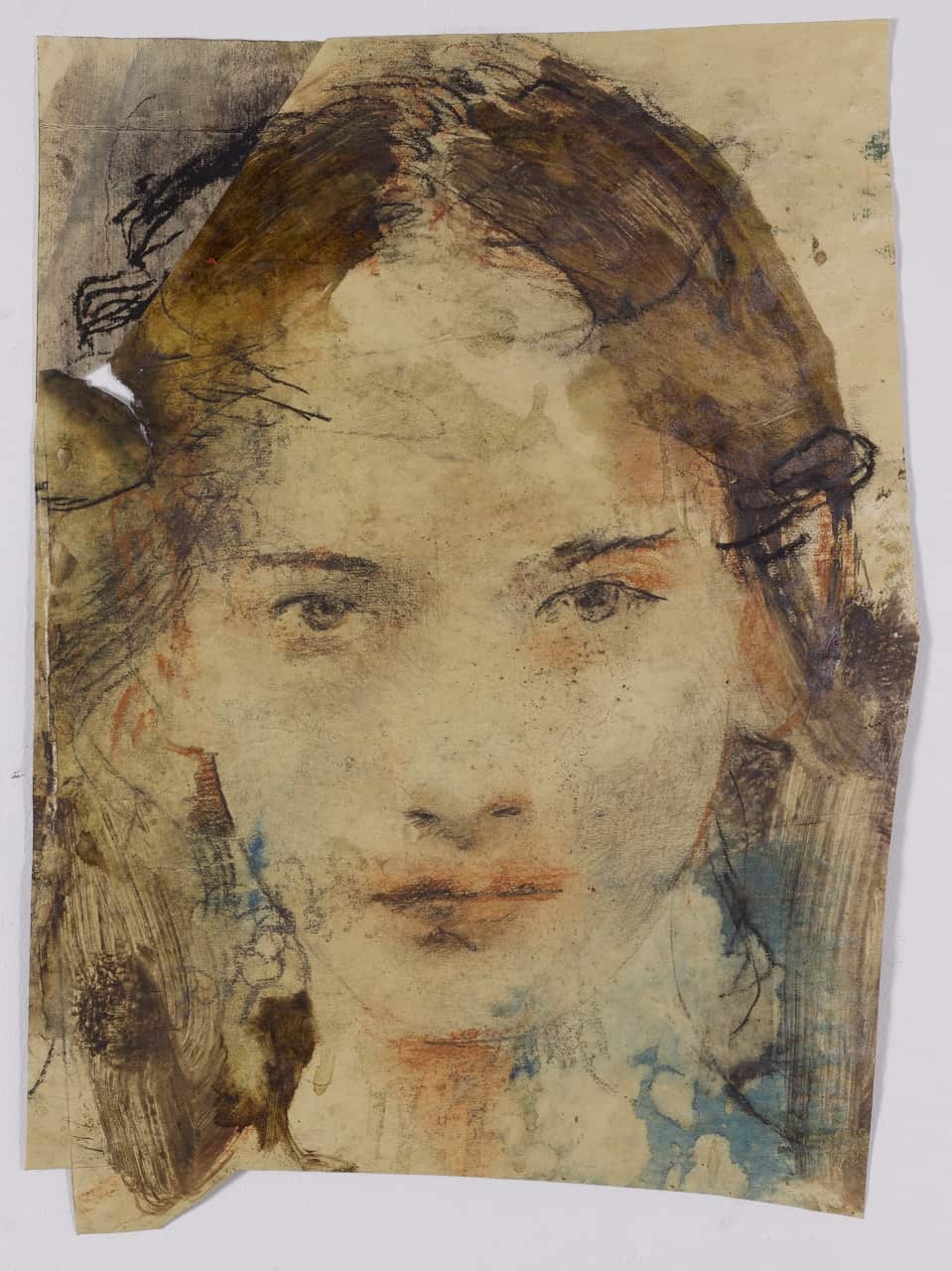The exhibition with four artists (two painters and two sculptors) gives an insight into the extremely lively artistic practice in the field of figurative art in South Tyrol and Upper Italy.
The more than 400-year-old tradition of sculpting in Val Gardena, which has made a great name for itself in the field of sacred and profane wood art, has produced a group of sculptors in the last 20 years who have brought figurative contemporary sculpture to new heights at the most advanced technical level and are successful all over the world. Here we present two of them: Peter Demetz and Bruno Walpoth. In the field of painting, we are showing new works by Robert Bosisio, who has also been strongly concerned with the image of the human being in recent years and was voted Artist of the Year in South Tyrol in 2020. In addition, there is Domenico Grenci, a painter and draughtsman from Bologna, who also deals almost exclusively with the human figure and even more specifically with portraits.
Robert Bosisio (*1963) works hard on his paintings over very long periods of time, constantly applying new layers of paint (up to 20 layers), scraping off or washing off parts again and mixing materials such as pure pigment, sand, ash and a wide variety of colour materials. Common to all the paintings is the wavering between representational motif and the disappearance of the motif in favour of the surface structure and the sound of colour in the painting. The result is a highly complex image in which the portrayed persons or parts of the body appear removed and blurred as if behind a veil. They are thus de-personalised and take on something archetypal.
Peter Demetz (*1969) plays with the spatial imagination of the viewer. He assigns his figures a fixed architectural space, which, however, remains completely open and undefined. Through the strict reduction of these stage-like spaces, all attention is focused on the figures. The architectural surfaces are more of a projection surface for the viewers, whose imagination is left to allocate a concrete story or a possible plot to the figures in these spaces. The direction of the light and the architectural stage make the relief figures, which are only a few millimetres thin, appear three-dimensional and give them liveliness. Adam Budak very appropriately calls them “small theatres of human affairs and private worlds”.
The Bolognese painter Domenico Grenci (*1981) focuses his work on portraits. Using a mixture of oil, red chalk and charcoal, he creates extremely delicate pictures in which the portrayed persons seem to appear only fleetingly. They appear very vulnerable and reserved as if they only dare to cautiously venture out into the world through the surface of the paper. Despite these facial features, which are usually only lightly hinted at, the sitters radiate a great calm and individuality.
All the figures by Bruno Walpoth (*1959) are created in direct contact with real models without using photos as an intermediate step. They are people from his living environment whose character he is able to capture in such a unique way in the figure that they often appear very touching and intimate to the viewer. He seeks a balance between pose and completely natural posture, between a universally valid image of humankind in certain postures and forms of expression and individual expression. Those portrayed often appear vulnerable, very reserved, almost shy. In a certain way, they elude the exploratory gaze of the viewer, but at the same time, they are deeply touching.
Bruno Walpoth is nominated for the Oscar Academy Award Costume Design for his wooden “Pinocchio” in the movie “Pinocchio” by Matteo Garrone.
This project was supported by:





